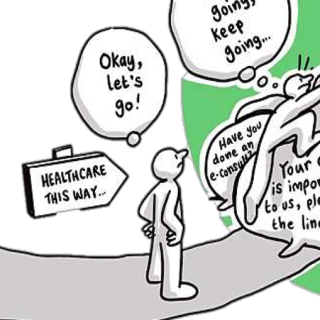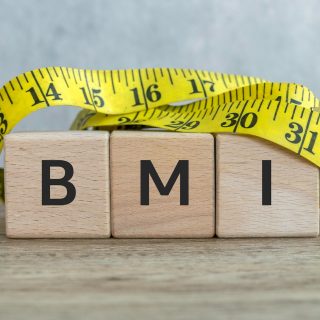Faster, lighter, better?
Introducing two new practical resources to explain how artificial intelligence can support evidence synthesis

Introducing two new practical resources to explain how artificial intelligence can support evidence synthesis

This practical guide supports researchers in using AI tools to assist with evidence synthesis while maintaining rigour and quality. Drawing on real-world case studies and research conducted by the Health Equity Evidence Centre, it provides practical advice on integrating AI responsibly across all stages of the synthesis process.
Displaying 1-9 of 66 results.

Introducing two new practical resources to explain how artificial intelligence can support evidence synthesis

This practical guide supports researchers in using AI tools to assist with evidence synthesis while maintaining rigour and quality. Drawing on real-world case studies and research conducted by the Health Equity Evidence Centre, it provides practical advice on integrating AI responsibly across all stages of the synthesis process.

This tool presents an independent assessment of eight AI tools designed to support evidence synthesis. Each case study summarises the tool’s capabilities, research evidence, and HEEC’s practical experience to guide researchers in selecting the most appropriate solutions for their reviews.

Black men face stark inequalities in mental health — from higher rates of diagnosis and detention to poorer access and outcomes. This brief highlights what needs to change to make care safer, fairer and more effective. Based on evidence and lived experience, it identifies changes in organisational culture, mental health service design and delivery, and sets out five clear priorities for action.

In this guest blog, Professor Andrea Williamson reflects on her previous research into repeated missed healthcare appointments, which links high non-attendance to poorer health outcomes and social disadvantage. Building on this work, she introduces a new approach to appointment letters aimed at better supporting patients and improving engagement with services.


Discover what works to reduce health inequalities with our comprehensive evidence pack, built around four key themes for equity in health and care. Explore proven principles, practical recommendations, and real-world examples to guide action.

In the 10 Year Health Plan there are notable wins for health inequalities advocates, especially in funding and tackling smoking and obesity, but there are risks of inadvertently increasing inequalities in use of digital tools and widening clinical variation. There are also missed opportunities to work cross-government, provide culturally competent care, and leverage the vast resources of the health and care system to help the poorest areas.

In this powerful personal reflection, HEEC Citizen Panel member Marianne Rodie explores how fatphobia pervades health care, leading to harmful assumptions, misdiagnoses, and discrimination against fat patients. She calls for a shift toward compassionate, bias-free care that prioritises individual health needs over body size.